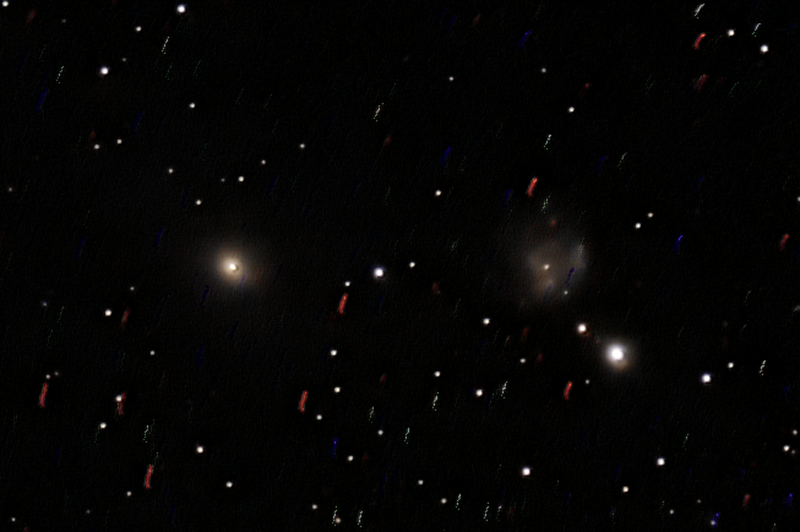
Catelog/ID
As Know As
Name/Discription
Constillation
Size
Magnatude
Distance
Date Taken
Telescope
Exposure
Pic Notes